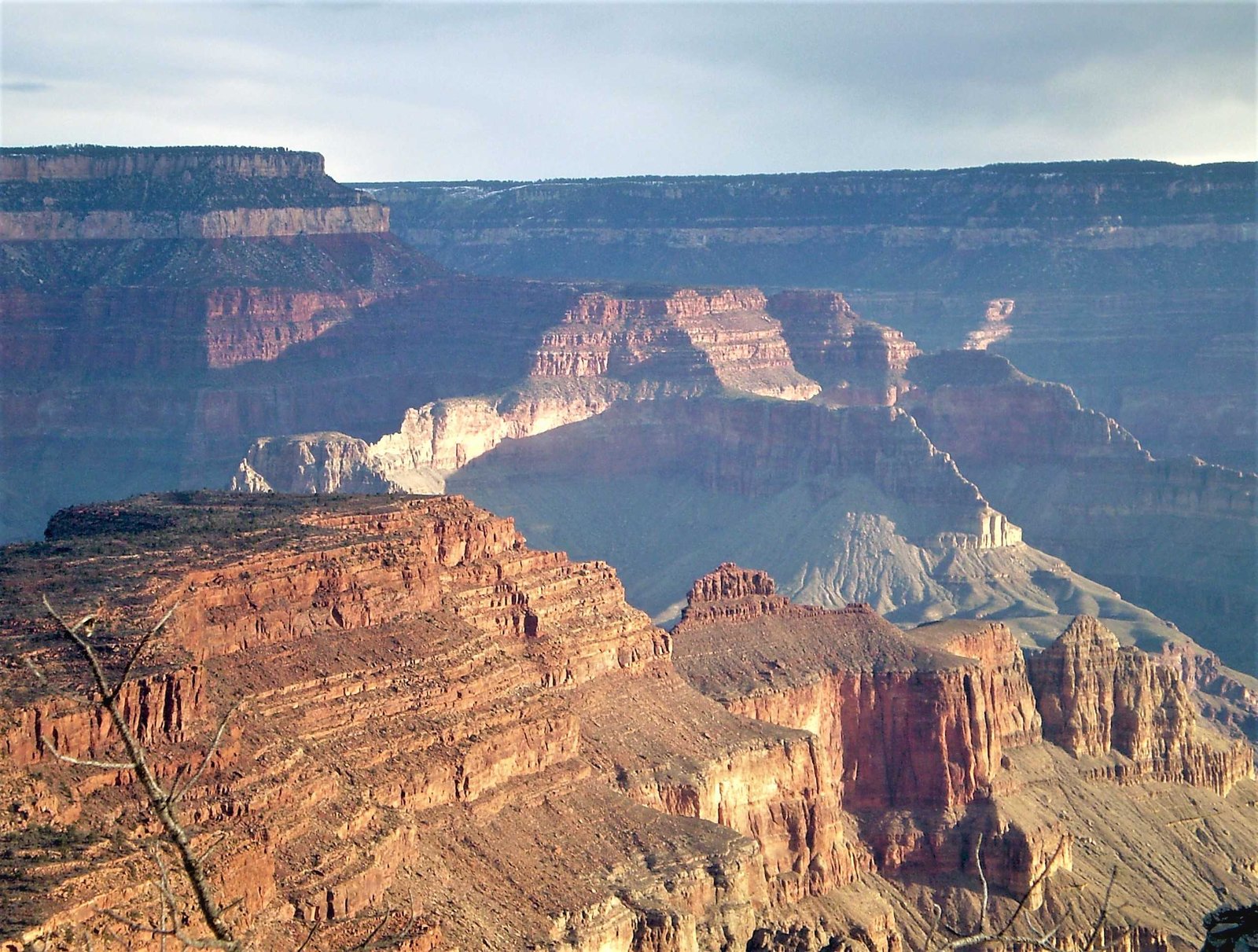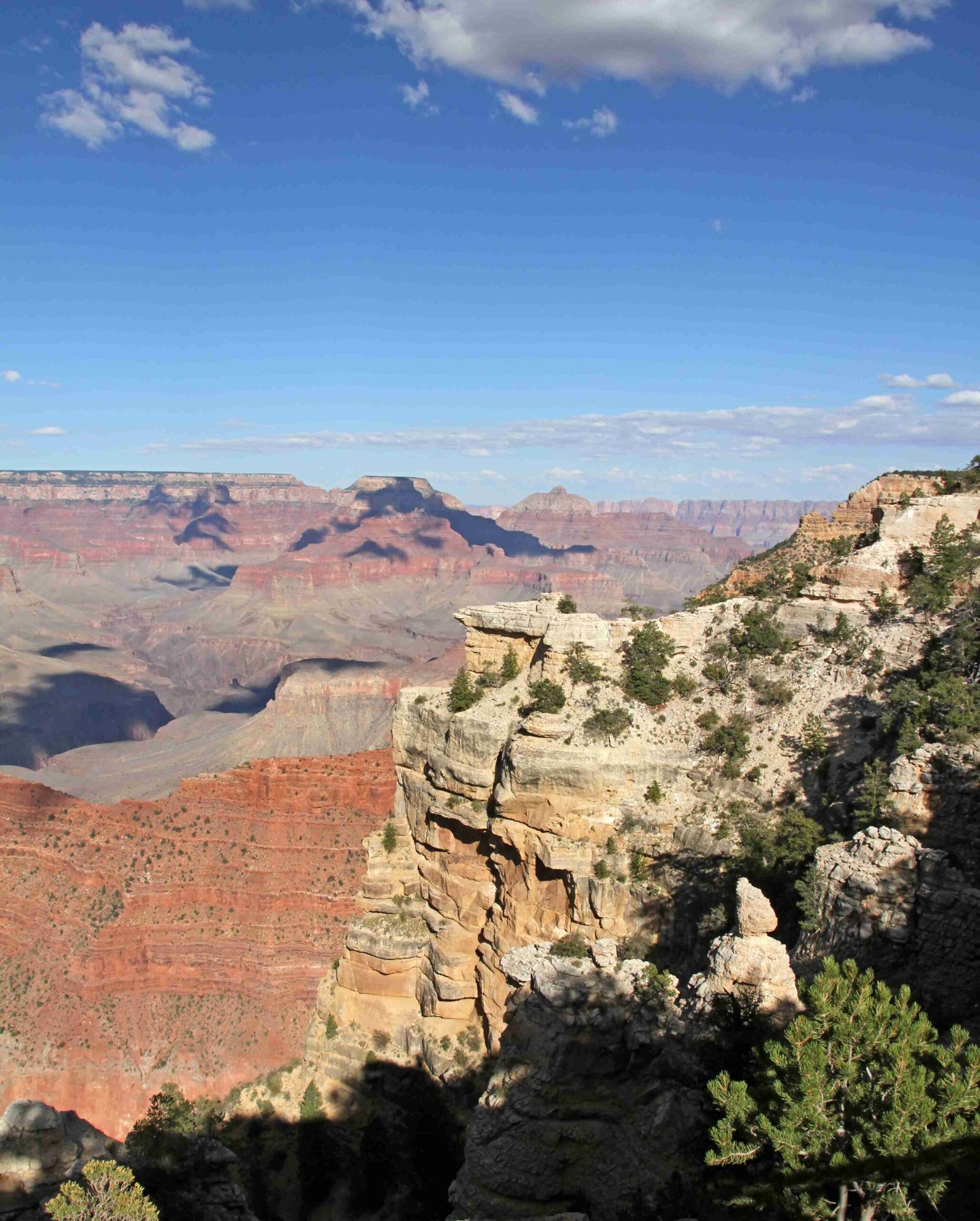The Grand Canyon, a breathtaking geological wonder, harbors a remarkable secret beneath its rugged landscape: it was once completely underwater. Millions of years ago, this iconic landscape was a vast marine environment teeming with prehistoric sea life, leaving behind an intricate record of its underwater past preserved in layers of limestone, sandstone, and marine fossils.
What Evidence Reveals the Grand Canyon’s Underwater Origins?

Marine Fossil Treasure Trove
The Grand Canyon’s geological record is a testament to its underwater history. Sedimentary rock layers contain an abundance of marine fossils that tell a compelling story of ancient oceanic environments:
| Rock Formation | Marine Evidence | Geological Period |
|---|---|---|
| Muav Limestone | Brachiopod fossils | Cambrian |
| Redwall Limestone | Crinoid remnants | Mississippian |
| Kaibab Formation | Marine invertebrate traces | Permian |
Sedimentary Structures: Underwater Clues
Researchers have discovered fascinating underwater indicators within the canyon’s rock formations:
- Mudcracks and Ripple Marks: Suggest periodic marine environment transitions
- Cross-bedding Patterns: Indicate underwater sediment deposition
- Soft Sediment Deformation Structures: Reveal liquid-based geological processes
How Deep Were the Ancient Oceans?
While precise ocean depths remain challenging to determine, geological evidence suggests multiple marine transgression periods spanning millions of years. The sedimentary layers indicate that the Grand Canyon area experienced:
- Repeated marine inundations
- Varying ocean depths
- Complex geological transformations
Where Can Visitors Explore Underwater Evidence?
Visitors interested in the Grand Canyon’s marine history can explore several accessible locations:
- Bright Angel Trail: Exposes Muav and Redwall Limestone formations
- South Kaibab Trail: Reveals marine fossil-rich layers
- Hermit Trail: Showcases Coconino Sandstone with underwater depositional features
Scientific Techniques for Understanding Underwater History
Geologists employ multiple research methods to reconstruct the Grand Canyon’s underwater past:
- Fossil analysis
- Radiometric dating
- Sedimentary rock layer examination
- Paleoenvironmental reconstruction
Why the Grand Canyon’s Underwater History Matters
Understanding the Grand Canyon’s marine origins provides crucial insights into:
- Earth’s geological evolution
- Climate change mechanisms
- Prehistoric marine ecosystems
- Plate tectonics and continental drift
Conclusion

The Grand Canyon’s underwater history is a testament to the dynamic nature of our planet. Each rock layer tells a story of transformation, revealing how this iconic landscape emerged from ancient seas to become the breathtaking natural wonder we know today.

